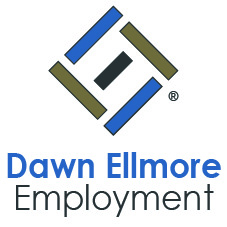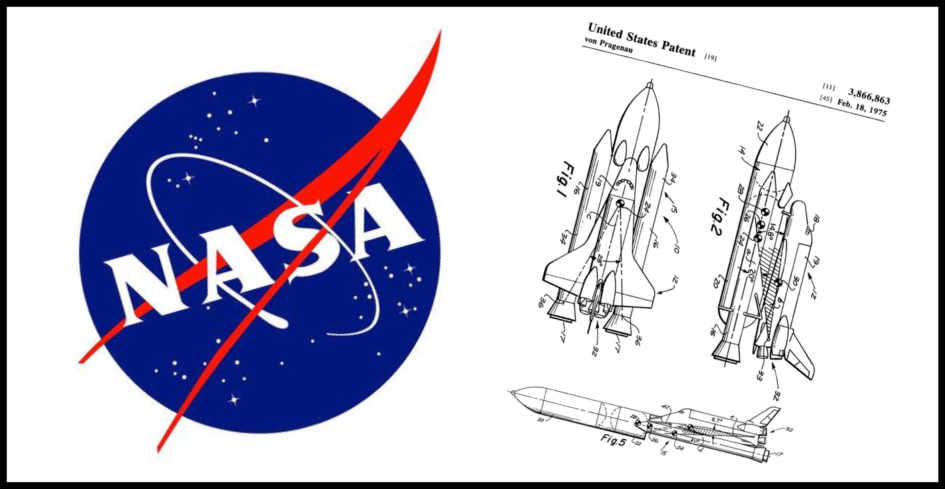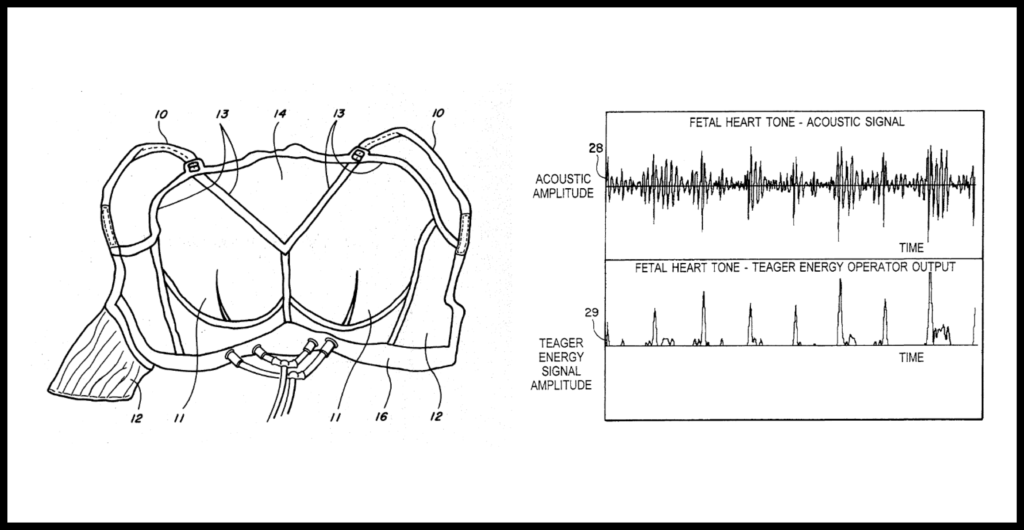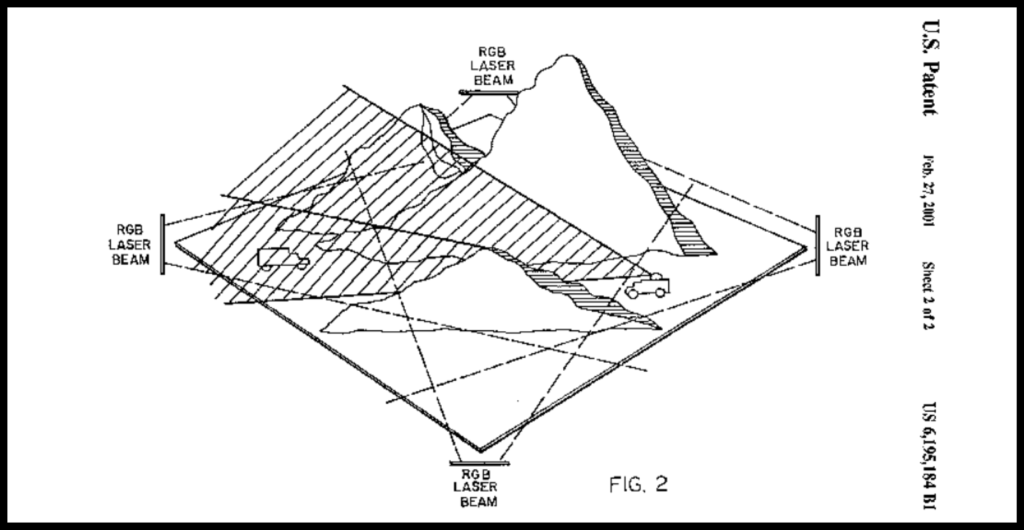In the week of the anniversary of the US National Aeronautics and Space Agency – known to you and I as NASA – being established, Dawn Ellmore Employment blasts off into the world of NASA’s patent portfolio to uncover some unexpected technologies.
On 29th July 1958, the U.S. Congress passed legislation establishing NASA as a civilian agency, responsible for coordinating America’s activities in space. In the years since NASA has been at the forefront of technological advancement, for example with its involvement in the Apollo program which first put man on the moon, the Skylab space station, the Space Shuttle program, the International Space Station and, most recently, its partnership with SpaceX which created the first US-launched commercially made spacecraft.
It’s no surprise that NASA has a very advanced patent protection programme, with over 1600 active patents and patents pending. What is more surprising, however, is the diverse range of technologies that NASA scientists have had a hand in developing.
Medical technologies
NASA has been quite heavily involved in developing technologies that can be used in a range of medical situations. U.S Patent 7,305,154 describes how atomic oxygen can be used to oxidise and remove biologically active contaminants, creating a sterile and biologically inactive surface. The patent imagines this for use in blood glucose monitoring technologies, but it can find use in many other areas, and can be of particular use for keeping orthopaedic implants sterile.
U.S. Patent 3,995,621 relates to a wearable garment and a system for improving the detection of malignant tissue that could develop into cancer. The garment is fitted with panels through which a cooling liquid is pumped, and a temperature detector embedded in the garment identifies areas of tissue that do not react to the coolant in the same way as the surrounding skin, which can be an indicator of a tumour in that tissue.
NASA scientists have also involved themselves in the field of prenatal care. U.S. Patent 5,524,631 describes a passive foetal heart monitoring system (US2002068874A) in which acoustic signals from the heart can be detected regardless of the position of the foetus, whether it is aligned against the maternal abdominal surface or not.
Three-dimensional hologram display system
U.S. Patent 6,195,184 describes a hologram display system which projects four separate holograms into an aerogel mix, making a static 3D image appear that can be viewed from all angles. The result is a futuristic hologram display that appears to float in mid-air.
TV resolution system
U.S. Patent 4,513,317 describes apparatus which can reduce the bandwidth required by television systems. The apparatus mimics the variable resolution properties of the human eye, and can show the area of the screen that is user is focused on in higher resolution than the rest of the screen, much like the user’s natural peripheral vision. An eye-tracking camera is used to transmit data to a television control which adapts the display accordingly.
Other diverse technologies in which NASA scientists have been involved in the development of include shape memory alloys, aerodynamic swimming suits, landmine removal, 3D food printing, firefighting equipment, building shock absorption, foam mattresses, artificial limbs, chemical detection, cochlear implants, aircraft anti-icing systems… the list is seemingly endless! This just shows the breadth of understanding that NASA has, and how far it has come – from its initial ventures into space exploration to now being involved in so many technologies that touch our everyday lives. And one day maybe they will help us to holiday on Mars…
About Dawn Ellmore Employment
Dawn Ellmore Employment was incorporated in 1995 and is a market leader in intellectual property and legal recruitment.



